By Mason B. Webb
It is highly unusual in the publishing world for two books to come out in the same year on the same topic with the same title (and even the same photo on their covers). Yet just such an anomaly has occurred with the publication of Firestorm: The Bombing of Dresden, 1945 (Paul Addison and Jeremy A. Crang, editors, Ivan R. Dee Publishers, 2006, 260 pp., maps, index, $16.95, softcover) and Firestorm: Allied Airpower and the Destruction of Dresden (Marshall De Bruhl, Random House, 2006, 346 pp., photographs, bibliography, index, $27.95, hardcover)..
 Despite these surface similarities, these are very different books.
Despite these surface similarities, these are very different books.
Until the night of February 13, 1945, the German city of Dresden had seen very little in the way of bombing. That charmed existence came to a sudden and tragic end when 768 British planes, in two waves, dropped their explosives on Dresden and ignited a devastating firestorm that obliterated the historic and beautiful Baroque city center and killed thousands of civilians. But the worst was not yet over.
The next day 316 American bombers unleashed another attack on the still-burning city. A conservative estimate said that 25,000 people died in Dresden, which had a prewar population of 640,000. In all, more than a thousand bombers dropped almost 3,500 tons of high explosives, incendiaries, and flares on the city, known as the “Florence of Germany,” which many felt had no military significance.
More than 60 years later, these raids remain one of the most controversial episodes in the history of World War II. On one hand, the bombing of Dresden has been condemned as a hideous and unnecessary war crime. On the other hand, the raids have been defended as a justifiable, if ruthless, application of military force against a target that was a major transportation hub serving the German military machine.
Following closely on the heels of Frederick Taylor’s acclaimed 2004 bestseller Dresden: Tuesday, February 13, 1945, we now have two new books that approach the topic from different viewpoints.
In 2003, editors Paul Addison and Jeremy Crang gathered a host of distinguished historians—such as Hew Strachan and Richard Overy —at a colloquium in Edinburgh, Scotland, to discuss the causes, conduct, and consequences of the bombing. Their new book is a compilation of the papers given at that conference, which explores various aspects of the pitiless aerial assaults with the benefit of six decades of hindsight.
Strachen writes, “When Arthur Harris had taken over Bomber Command in February 1942, he had to hit the medieval and inflammable cities of Germany because his aeroplanes could hit nothing else…. He was not picking on civilians and their will specifically, but engaging in what he called a campaign of unrestricted air warfare…. Much of the criticism of Harris which the Dresden raid unleashed focused on the cultural loss: what was at issue was that Harris was a philistine, not that he had wantonly killed German civilians.”
On the other side of the coin, in his chapter titled “Why Dresden Matters,” Alan Russell quotes Yehudi Menuhin, the great Anglo-American Jewish violinist, who had been one of the first to play for a German audience after the war. He wrote scathingly, “Dresden was a gem of a city, whose pointless destruction was a tragedy and a crime.”
Addision and Crang’s Firestorm carefully and soberly assesses the reasons why Dresden, like Hiroshima and Nagasaki, has come to symbolize the military and ethical questions involved in the waging of total war. Many of the contributors bring up the matter of the Holocaust and compare the systematic slaughter of millions of Jews and other “undesirables” to the “wanton” destruction of historic German cities full of civilians and refugees.
Perhaps Donald Bloxham, who wrote a chapter entitled “Dresden as a War Crime,” said it best: “Whatever ‘Dresden’ was, it was not Auschwitz.”
De Bruhl’s book is less an academic study and philosophical discussion than it is a straight history of the city, the Allied bombing campaign over Europe, and a detailed examination of the raid itself—as seen through the eyes of those who took part in it and those who survived it.
De Bruhl’s prose is riveting as he provides deep background and describes the buildup to the raid, the lives of the unsuspecting burghers of the city, the dropping of the bombs, and the terror that swept through the streets along with the whirling flames. His description of the aftermath is heartbreaking, and his closing chapter ,which talks of the rebuilding and rebirth of the city 40 years after the war, is hopeful.
As De Bruhl observes in his final pages, “The firestorm that destroyed the dense urban mix that was prewar Dresden … was not unlike the purifying fire that brings to a close Wagner’s epic Ring of the Nibelung. Just as that great conflagration consumes Valhalla and its corrupt gods and heralds redemption for mankind, so the fires of World War II were necessary in order to destroy an evil society and portend a new beginning for Germany.”
Both Firestorms are among the very best books that have been written on the subject, and both are very highly recommended.
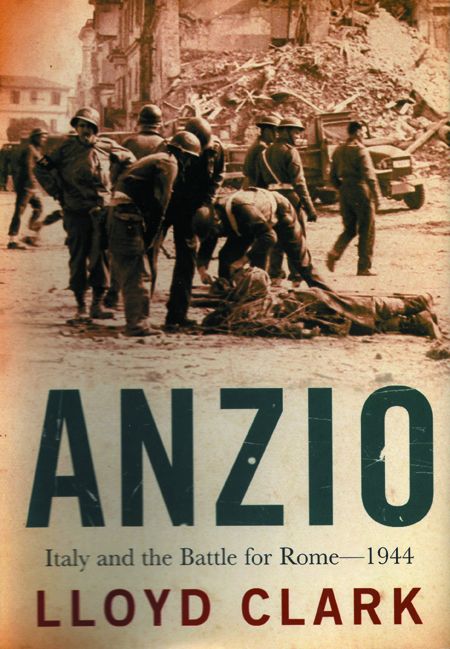 Anzio: Italy and the Battle for Rome—1944 by Lloyd Clark, Atlantic Monthly Press, 2006, 392 pp., photographs, maps, bibliography, index, $25.00, hardcover.
Anzio: Italy and the Battle for Rome—1944 by Lloyd Clark, Atlantic Monthly Press, 2006, 392 pp., photographs, maps, bibliography, index, $25.00, hardcover.
For a comprehensive history of the Battle of Anzio, it will be hard to top Lloyd Clark’s stunning effort. In his gripping account of this often-overlooked battle—one of the deadliest battles of the European Theater—Clark looks at combat from the point of view of all the combatants, German, British, and American, and the high-level decisions made by commanders on both sides that resulted in the five-month slugfest.
The battle, which began in January 1944 as a way for the Allies, pinned down at Monte Cassino and along the Germans’ Gothic Line 100 miles south of Rome, to make an end run around the enemy defenses and, it was hoped, cause the Germans to retreat, became another stalemate. The brutal fighting at Anzio and surrounding sites cost the Allies and Germans 7,000 dead.
The surprise amphibious assault, just 30 miles from Rome, initially caught Field Marshal Albert Kesselring’s Germans napping, but they quickly recovered and threw an iron ring around the beachhead. While many critics of the operation, known as Shingle, blamed U.S. General John Lucas, head of the Fifth Army’s VI Corps, for being overly cautious and not driving directly for Rome, he was actually following Mark Clark’s directive “not to stick his neck out” and instead build up his supplies and forces on the beachhead.
The author’s exhaustive research and elegant prose do justice to the courage, heroism, and frustrations of the men who were caught for months in the mud of Anzio, enduring a constant rain of artillery shells and massed attacks by tanks and infantry.
The personal stories are poignant. During the height of the battle for the Overpass, a key terrain feature, Captain Felix Sparks, commanding a company of the 45th Infantry Division, recalled, “Following the tank attack, there was a lull of three or four minutes. Then the German infantry came pouring in, several hundred of them. As one group approached my command post, a sergeant in one of the tank destroyers strapped himself to a .50 caliber machine gun on the side of his TD. At a range of about forty feet, he scattered Germans around the landscape. Then I saw dust coming in spurts from the back of his field jacket as a burst from a machine pistol hit him squarely in the chest. His heroic action, however, saved the company post from being overrun.” Sparks, however, and one sergeant, would be all from his company to survive the battle.
A British soldier, Sergeant Ben Wallis, remembered the fear he felt: “We were all frightened; don’t believe anybody that says he wasn’t. We’d heard the fighting earlier in the day, seen the dead and dying—now it was our turn. I turned to my mate before the off and we shook hands. The order was given to advance, and we walked into bullets, mortar bombs and shells. They were waiting for us, we didn’t stand a chance.” Wallis was lucky; he was wounded in the shoulder, but his mate, a chap named Billy, was killed.
Clark also quotes from German participants in the battle. Joachim Liebschner, an 18-year-old runner for his company, had been issued a bicycle in order to maintain liaison with battalion headquarters. He said, “It was a really big joke because when we moved forward, the harder the artillery fire became and we were then attacked by aeroplanes. When everybody jumped into ditches … I was left with the bicycle.” Later, Liebschner left the bicycle leaning up against a tree. “I thought I could find the tree again when we got to the front line. Not only had the bicycle gone but the tree had gone as well.”
The bloodbath at Anzio—and the battles for Aprilia, Cisterna, the Overpass, the Pontine Marshes, the Wadis, the Dung Farm, and all the other sites of intense combat will never be forgotten by those who fought there. Anzio is a big, important book about one of World War II’s biggest, most important battles—a book that will help the rest of us remember. Not to be missed.
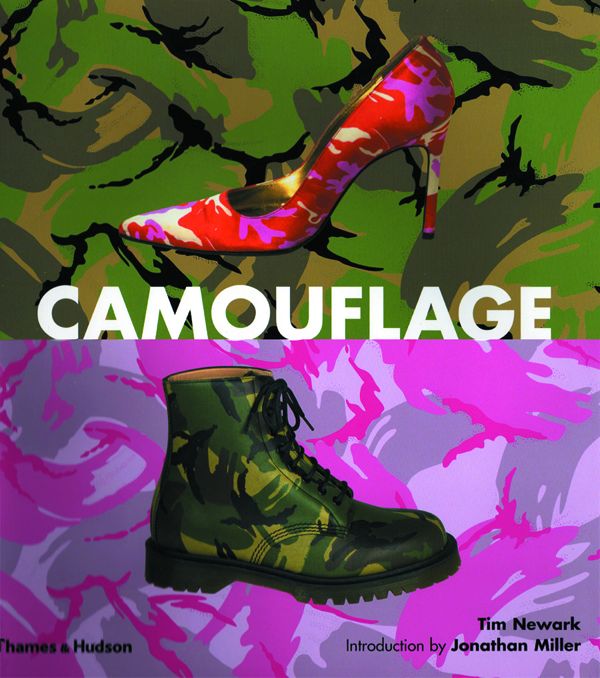 Camouflage by Tim Newark, Thames & Hudson, 2007, 192 pp., photographs, bibliography, index, $45.00, hardcover.
Camouflage by Tim Newark, Thames & Hudson, 2007, 192 pp., photographs, bibliography, index, $45.00, hardcover.
Although not strictly a book about World War II, or even a book entirely about the military (the last two chapters are about the influence of camouflage on fashion and architecture), this coffee table book is still a delight. Filled with 280 photos and illustrations (248 of them in color), Camouflage tells of the interplay between military developments and the worlds of art, design, and popular culture.
Inspired by the principles of camouflage in nature (think chameleon), the military art of disguise was spurred in World War I by threats of aerial reconnaissance and long-range enemy fire. In World War II, teams of artists, designers, and scientists worked together to create highly sophisticated modes of hiding soldiers, gun emplacements, tanks, aircraft, ships, and even entire factory complexes from enemy observation.
Newark begins with some dazzling photos and insightful text about how animals, fish, reptiles, and insects use natural camouflage to blend in with their surroundings, thus avoiding detection and the likelihood of becoming a predator’s meal.
He then takes the reader into the field and explains how early hunters disguised themselves to get close to their prey, following that with information on how armies of the 18th and 19th centuries, in contrast with their brightly colored tunics, plumed headgear, and brilliant banners, equipped snipers and sharpshooters with uniforms that helped them disappear into the landscape, not stand out.
The widespread use of khaki- colored uniforms began to make an appearance on battlefields near the end of the 19th century, as did the practice of disguising gun positions and fortifications with netting, tarps, foliage, and special paint jobs.
With the advent of aerial reconnaissance during the Great War, a greater emphasis was placed on hiding military equipment and installations in plain sight. Experiments were done with all sorts of fanciful paint schemes using bright oranges, greens, and even pinks to find the right combinations.
The chapters devoted to World War II show the highest examples of the camofleurs’ art: dummy tanks, landing craft, and other decoy equipment used to deceive the Germans into thinking that a phantom army under General George Patton was being built up in southeast England in preparation for a cross-Channel invasion aimed at the Pas de Calais. So successful was the illusion that the Germans, days after the real invasion hit the beaches of Normandy, still expected Patton to cross at Calais, and kept their troops on high alert there.
The pages devoted to camouflage and optical illusion as employed in art, architecture, and fashion are also interesting, making this fascinating and detailed book a must-have for the avid enthusiast as well as the average reader.
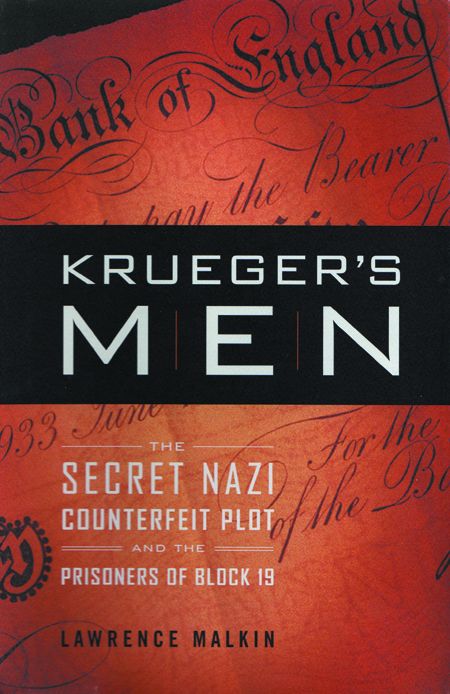 Krueger’s Men: The Secret Nazi Counterfeit Plot and the Prisoners of Block 19 by Lawrence Malkin, Little Brown, 2006, 287 pp., photographs, index, $32.95, hardcover.
Krueger’s Men: The Secret Nazi Counterfeit Plot and the Prisoners of Block 19 by Lawrence Malkin, Little Brown, 2006, 287 pp., photographs, index, $32.95, hardcover.
It is safe to say that very few Americans have ever heard of Operation Bernhard, but the story behind the codename is one of the most fascinating of the war.
Operation Bernhard was the Germans’ attempt to destabilize the economies of Great Britain and the United States by counterfeiting their currency. Selected by an SS major named Bernhard Krueger who headed the operation, hundreds of Jews and non-Jews with the proper skills—printers, engravers, artists, paper experts, and more—were pulled out of Auschwitz and other camps and put to work carefully copying real currency and then printing millions of bogus copies.
Setting up his secret printing plant inside special barracks within the Sachsenhausen concentration camp near Berlin, Krueger and his multinational crew of 140 specialists went to work turning out bank notes perfect enough to fool even the experts.
Lawrence Malkin’s clear and compelling writing style whisks the reader along from one intrigue to another while providing information about how the smallest details in every bank note—even the flaws—were painstakingly reproduced, and how even the handmade paper on which the bills were printed was faithfully crafted, right down to the watermarks.
Besides the technical intricacies, Malkin brings to life the real human interest side of this story. By rescuing the Jews, befriending them, and treating them like human beings instead of slaves to be brutalized, Krueger saved them from certain death and became a hero, much along the lines of Oskar Schindler. The prisoners slept on cots instead of being crammed together in lice-ridden racks. They had proper toilet and shower facilities, wore civilian clothes, and were allowed to grow their hair longer than the regular inmates.
Despite the better life they enjoyed, many of the prisoners were conflicted about their no-win situation; if they did their job too well, the Nazis might win the war and they would be exterminated. If they performed poorly and the bogus notes were discovered, they would also be exterminated.
What happened to this top-secret operation is part Schindler’s List, part The Great Escape—a gripping account of subterfuge and courage. Best of all, it is all true. You won’t find a better page-turner than Malkin’s wonderful tale of deception and moral awakening.
Short Bursts
 Broadcasts from the Blitz: How Edward R. Murrow Helped Lead America into War by Philip Seib, Potomac Books, 2006, 210 pp., photographs, bibliography, index, $24.95, hardcover.
Broadcasts from the Blitz: How Edward R. Murrow Helped Lead America into War by Philip Seib, Potomac Books, 2006, 210 pp., photographs, bibliography, index, $24.95, hardcover.
Philip Seib, a journalism professor at Marquette University, has put together a fine book about radio pioneer Edward R. Murrow’s life and career in bomb-ravaged London during the late 1930s and early 1940s. With the words, “This is London,” Murrow would begin his groundbreaking broadcasts, often with the real sounds of bombs falling and air raid sirens wailing in the background.
Countering the tide of U.S. isolationism, Murrow made it clear that America could not, and should not, long avoid the war. Although often cited as a paragon of objective journalism, Murrow had a clear agenda and slanted his reporting accordingly. Behind the scenes he helped the British win over American public opinion, and even secured U.S. funds for a British intelligence operation.
As interesting as any story of wartime intrigue, this brief volume illuminates how the convictions and contributions of one man convinced nearly an entire nation to side with the British in the tense days before Pearl Harbor.
 Alamo in the Ardennes: The Untold Story of the American Soldiers Who Made the Defense of Bastogne Possible by John C. McManus, Wiley, 2007, 296 pp., photographs, bibliography, index, $24.95, hardcover.
Alamo in the Ardennes: The Untold Story of the American Soldiers Who Made the Defense of Bastogne Possible by John C. McManus, Wiley, 2007, 296 pp., photographs, bibliography, index, $24.95, hardcover.
The 101st Airborne’s heroic defense of Bastogne, Belgium, during the Battle of the Bulge would not have been possible without the self-sacrificing delaying action efforts of a battered, ragtag collection of soldiers from the 28th Infantry Division, elements of the 9th and 10th Armored Divisions, and other, smaller units. Until now, their devotion to duty has been largely overshadowed by the 101st’s stand at Bastogne; with Alamo in the Ardennes, John McManus has shone a much-belated spotlight on their contributions to the eventual American victory in the Ardennes.
Outgunned and outnumbered by Hitler’s hard-charging panzer units during the harsh December of 1944, these Americans took the full fury of the Nazi onslaught for five days, making the Germans pay in blood for every inch of ground and buying time for the U.S. units behind them to bring in reinforcements and stiffen their defenses. Alamo in the Ardennes is a compelling, day-by-day account of this pivotal moment in one of history’s greatest battles.
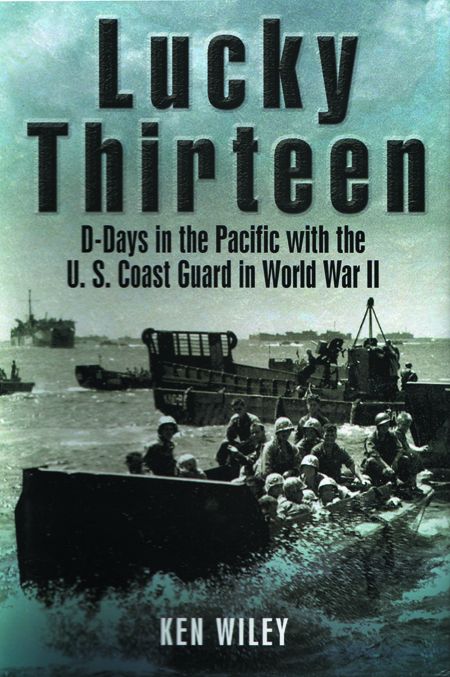 Lucky Thirteen: D-Days in the Pacific with the U.S. Coast Guard in World War II by Ken Wiley, Casemate, 2007, 334 pp., photographs, illustrations, index, $32.95, hardcover.
Lucky Thirteen: D-Days in the Pacific with the U.S. Coast Guard in World War II by Ken Wiley, Casemate, 2007, 334 pp., photographs, illustrations, index, $32.95, hardcover.
If you think it took guts for soldiers and Marines to hit an enemy-held beachhead under fire, imagine what life was like for the U.S. Coast Guardsmen charged with delivering troops to the hot beachheads in flimsy, unstable landing craft, and doing it over and over again.
Ken Wiley, who enlisted in the Coast Guard when he was just 17, has written a tremendous memoir of his time in service as commander of the LCVP “Lucky Thirteen,” a landing craft assigned to the attack transport Arthur Middleton. Wiley’s assignments included the Marshall Islands, the Marianas, the Philippines, and Okinawa. He conveys well the terror and horror of war, the kamikazes, suicide boats, fortified beaches, snipers, and dangerous jungle river missions, as well as the softer side—wartime romances, friendships, and enjoyable, peaceful moments aboard the Middleton.
For unknown reasons, there are virtually no first-person books by or about U.S. Coast Guard coxswains in World War II. Ken Wiley corrects that oversight with Lucky Thirteen, a book to be treasured.
 The Eastern Front Day by Day: A Photographic Chronology by Steve Crawford, Potomac Books, 2006, 296 pp., photographs, maps, bibliography, index, $24.95, hardcover.
The Eastern Front Day by Day: A Photographic Chronology by Steve Crawford, Potomac Books, 2006, 296 pp., photographs, maps, bibliography, index, $24.95, hardcover.
For anyone with the least bit of curiosity about the Eastern Front to those with a burning interest to learn the details, this outstanding chronology, which highlights the political and military activities taking place from April 28, 1939, until May 19, 1945, is an invaluable resource.
In addition to the daily overview of the evolution of the war between the Germans and Soviets (and their satellites), the erudite text also contains sidebars that delve into the key personalities of the conflict as well as the forces, weapons, and decisive moments of the campaign.
Profusely illustrated with hundreds of never-before-published photos, and easily understood maps, Crawford’s book will leave the reader staggered by the scale and scope of the war on the Eastern Front.
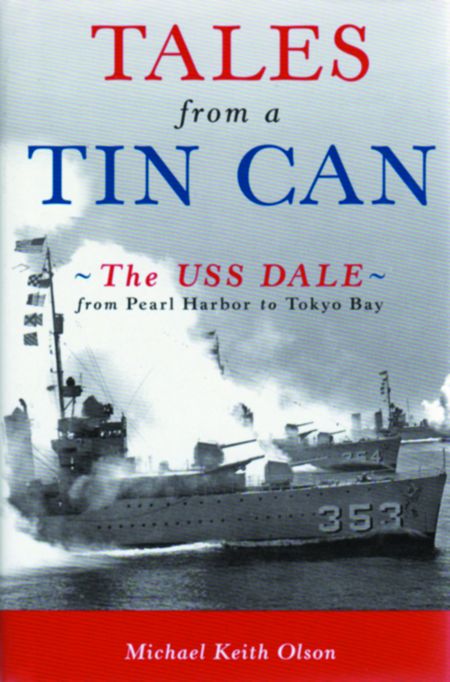 Tales from a Tin Can: The USS Dale from Pearl Harbor to Tokyo Bay by Michael Keith Olson, Zenith Press, 2007, 336 pp., photographs, maps, bibliography, index, $24.95, hardcover.
Tales from a Tin Can: The USS Dale from Pearl Harbor to Tokyo Bay by Michael Keith Olson, Zenith Press, 2007, 336 pp., photographs, maps, bibliography, index, $24.95, hardcover.
What was life like on a destroyer during World War II? Find out by reading Michael Keith Olson’s superb telling of tales of the war in the Pacific as seen from the deck of a very lucky “tin can.” The Dale was one of the few ships to emerge unscathed from the Japanese raid on Pearl Harbor; she managed to make it through the entire war without losing a single crewman to enemy fire, in spite of her being in the thick of numerous campaigns.
The son of a former Dale crewman, Olson interviewed 44 veterans and delved deeply into official documents to give this book the air of authenticity that puts the reader in the heart of the action.
Tales from a Tin Can is the first oral history of one combat ship’s adventures, sometimes comic, sometimes mundane, sometimes heart wrenching, over the entire course of America’s involvement in the Pacific. An impressive accomplishment and highly recommended.
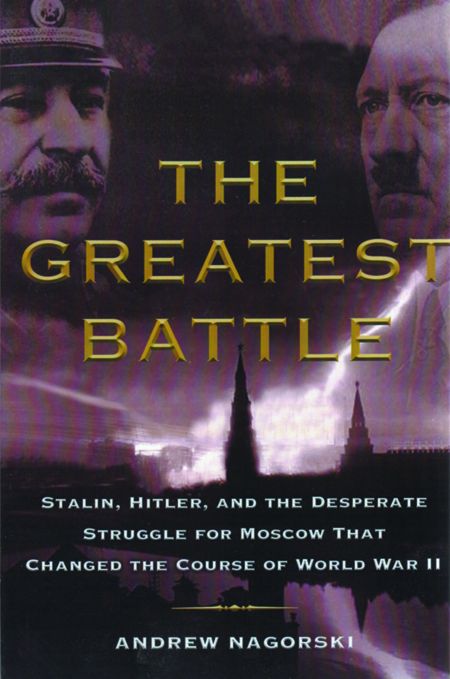 The Greatest Battle: Stalin, Hitler, and the Desperate Struggle for Moscow that Changed the Course of World War II by Andrew Nagorski, Simon & Schuster, 2007, 370 pp., photographs, maps, bibliography, index, $27.00, hardcover.
The Greatest Battle: Stalin, Hitler, and the Desperate Struggle for Moscow that Changed the Course of World War II by Andrew Nagorski, Simon & Schuster, 2007, 370 pp., photographs, maps, bibliography, index, $27.00, hardcover.
As the introduction of this book says, “The battle for Moscow was arguably the most important battle of World War II and inarguably the largest battle between two armies of all time.” The sheer number of troops involved is so huge that it becomes almost unimaginable. A combined total of approximately 7 million troops took part in the fight; 2.5 million were killed, wounded, or taken prisoner, nearly a million of whom were Soviet soldiers.
Nagorksi has done a fine job in detailing the strategy, politics, maneuvers, and consequences of this epic struggle. Swinging back and forth between the leaders and the common soldiers caught up in this gigantic maelstrom, Nagorsky provides the reader with both an important overview and a detailed, personal glimpse into what has been called the war’s earliest turning point. One terrific book. n
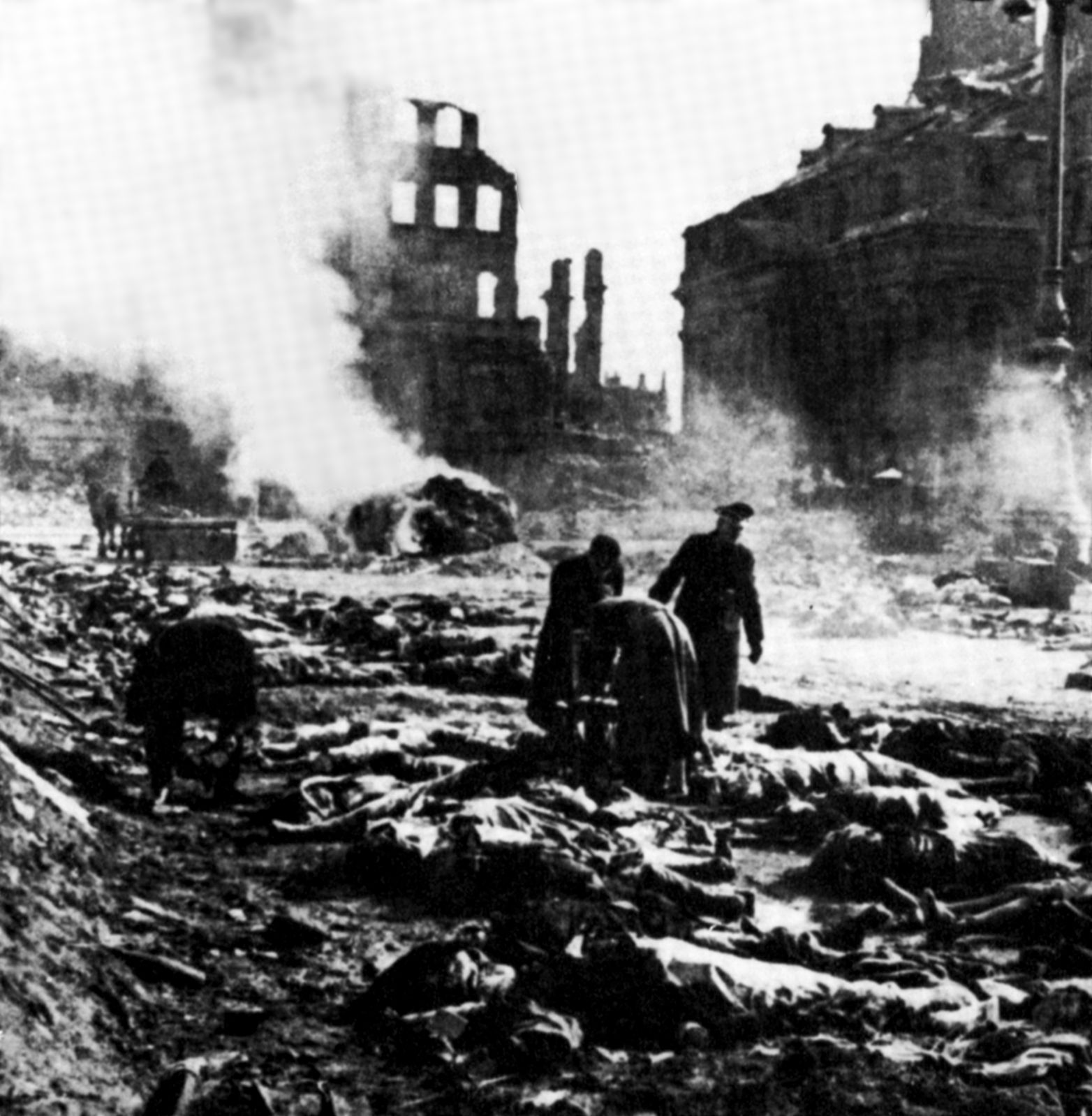
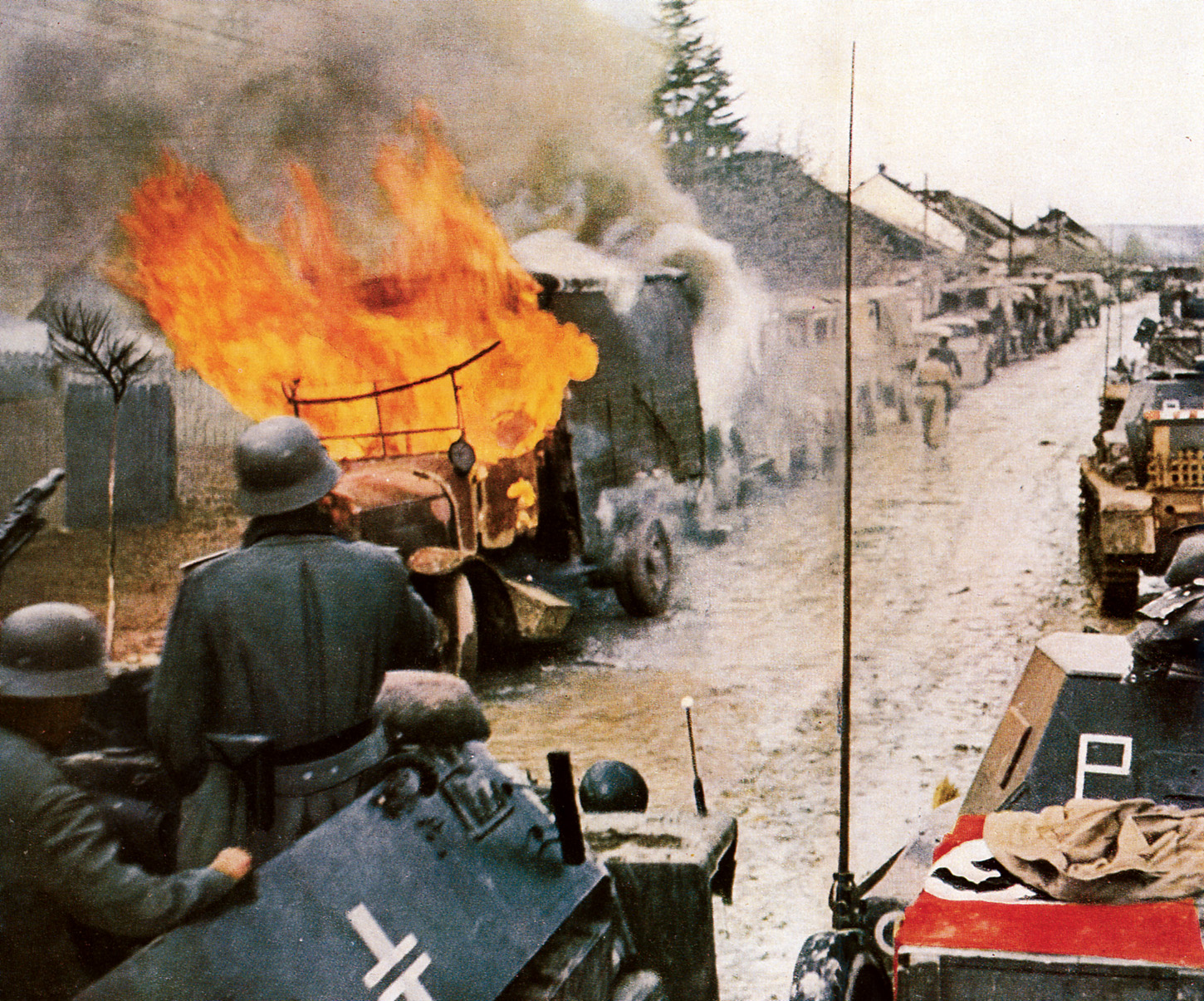
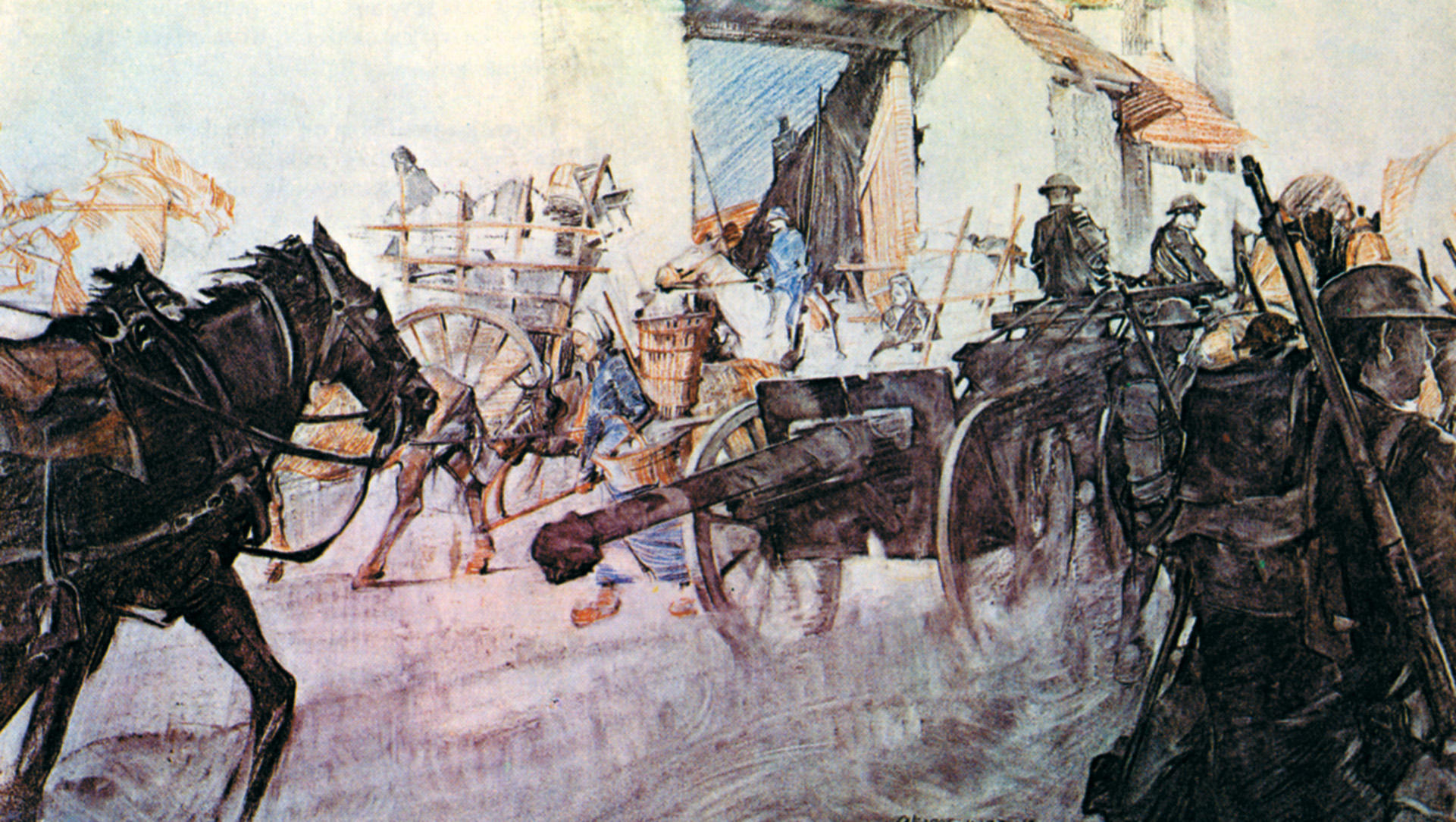
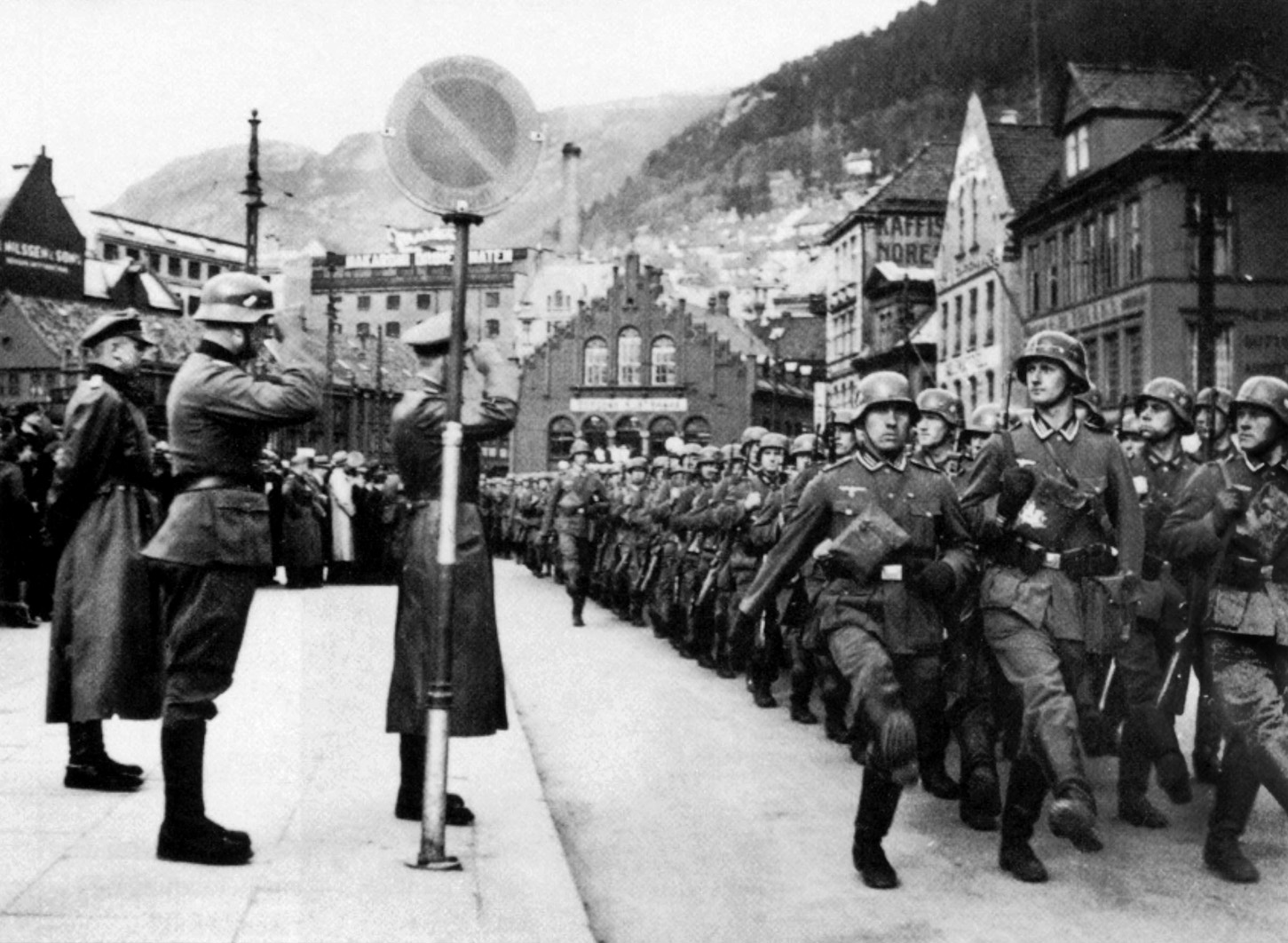
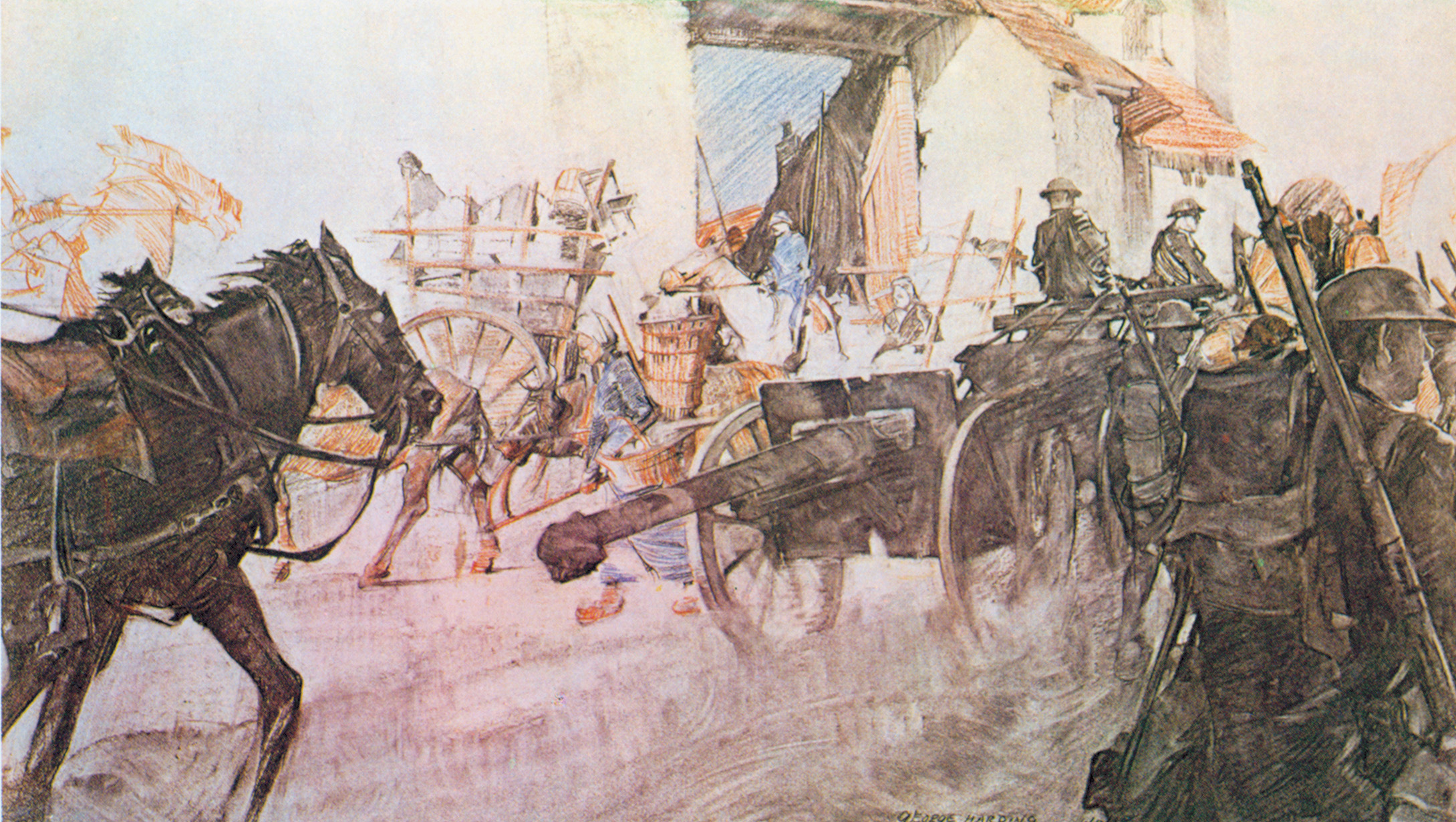
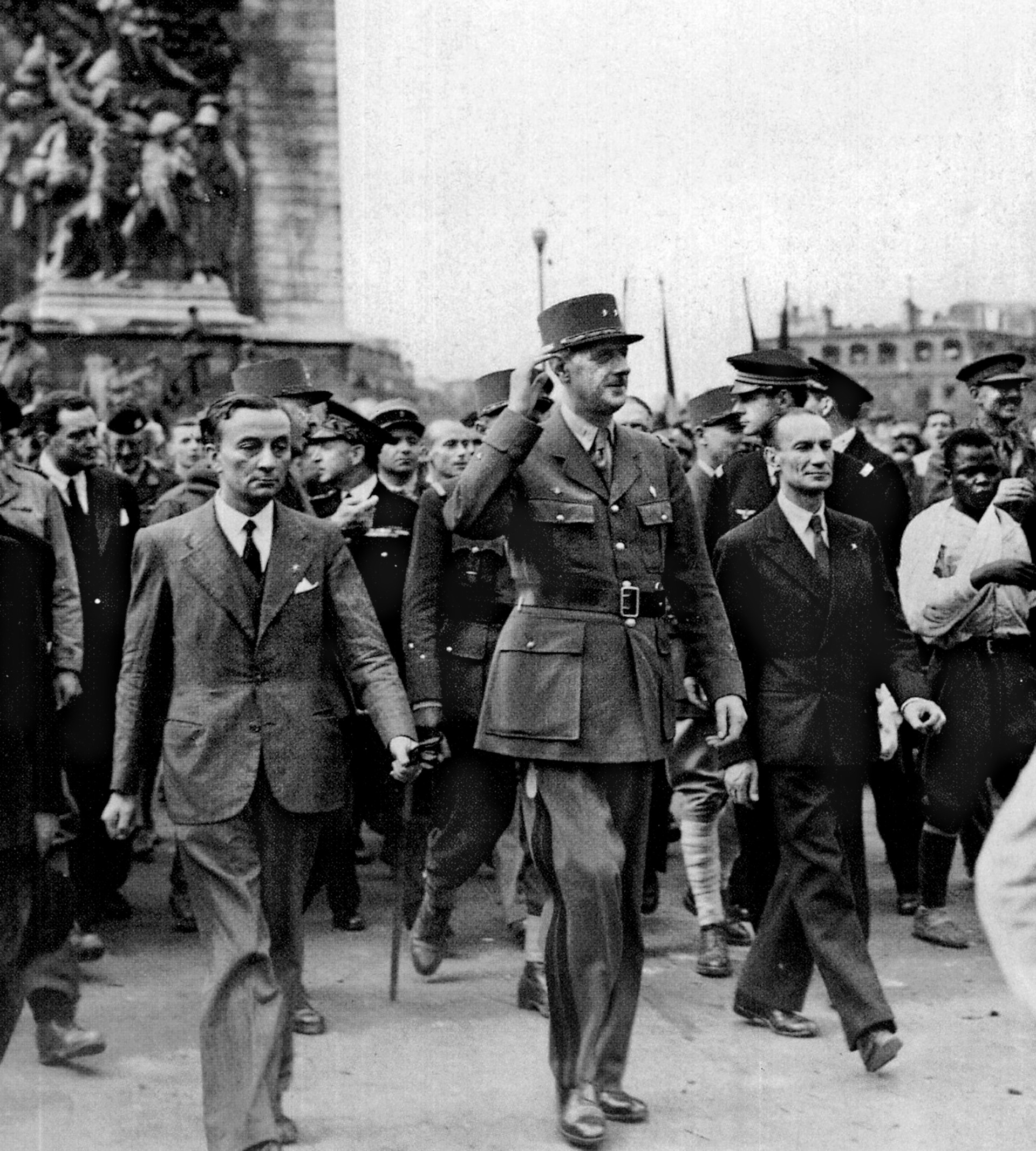
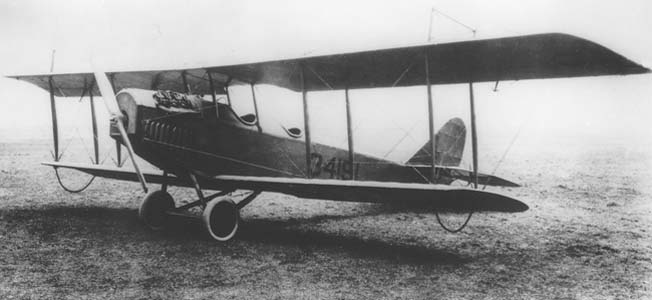
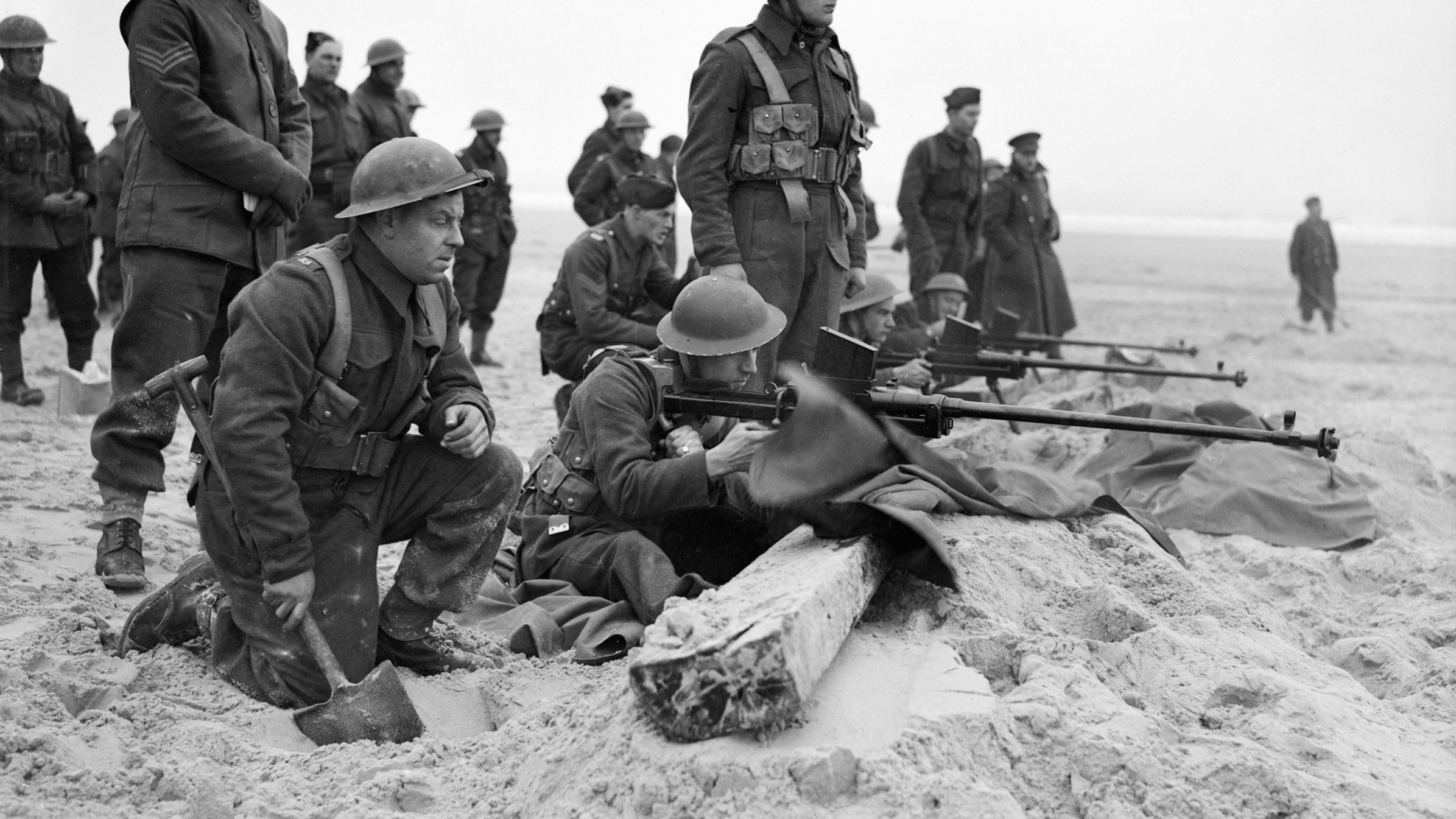
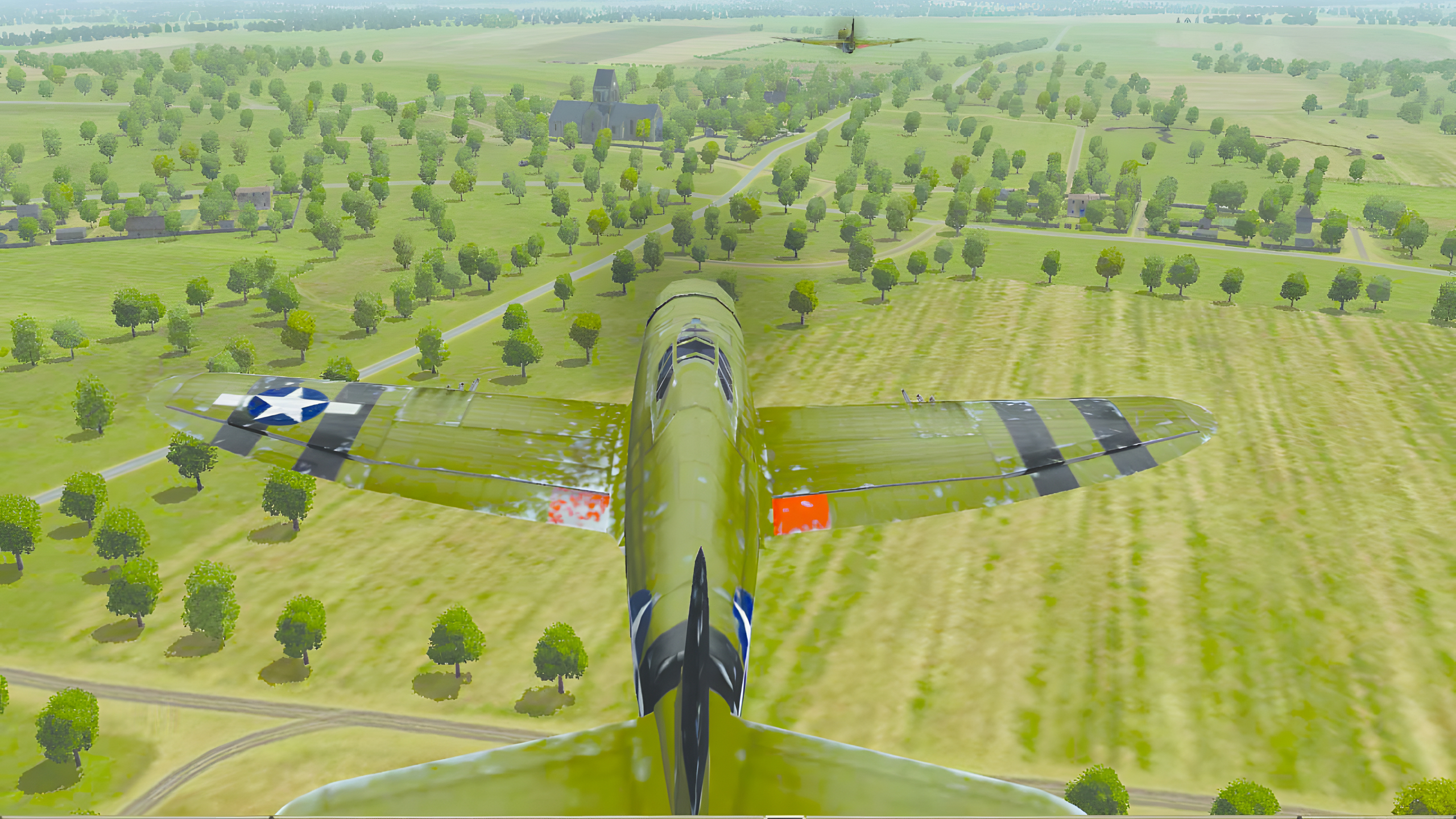
Join The Conversation
Comments
View All Comments